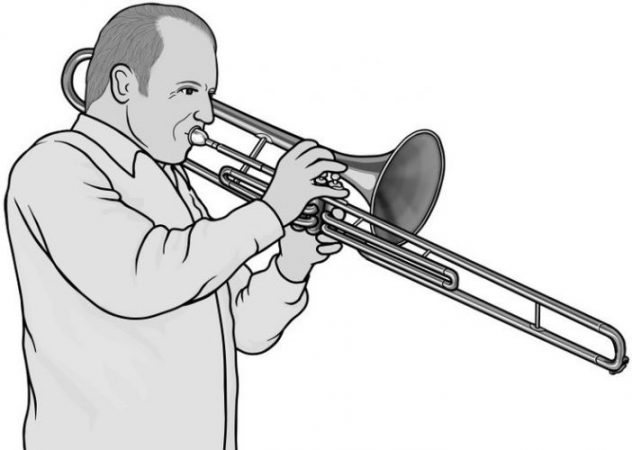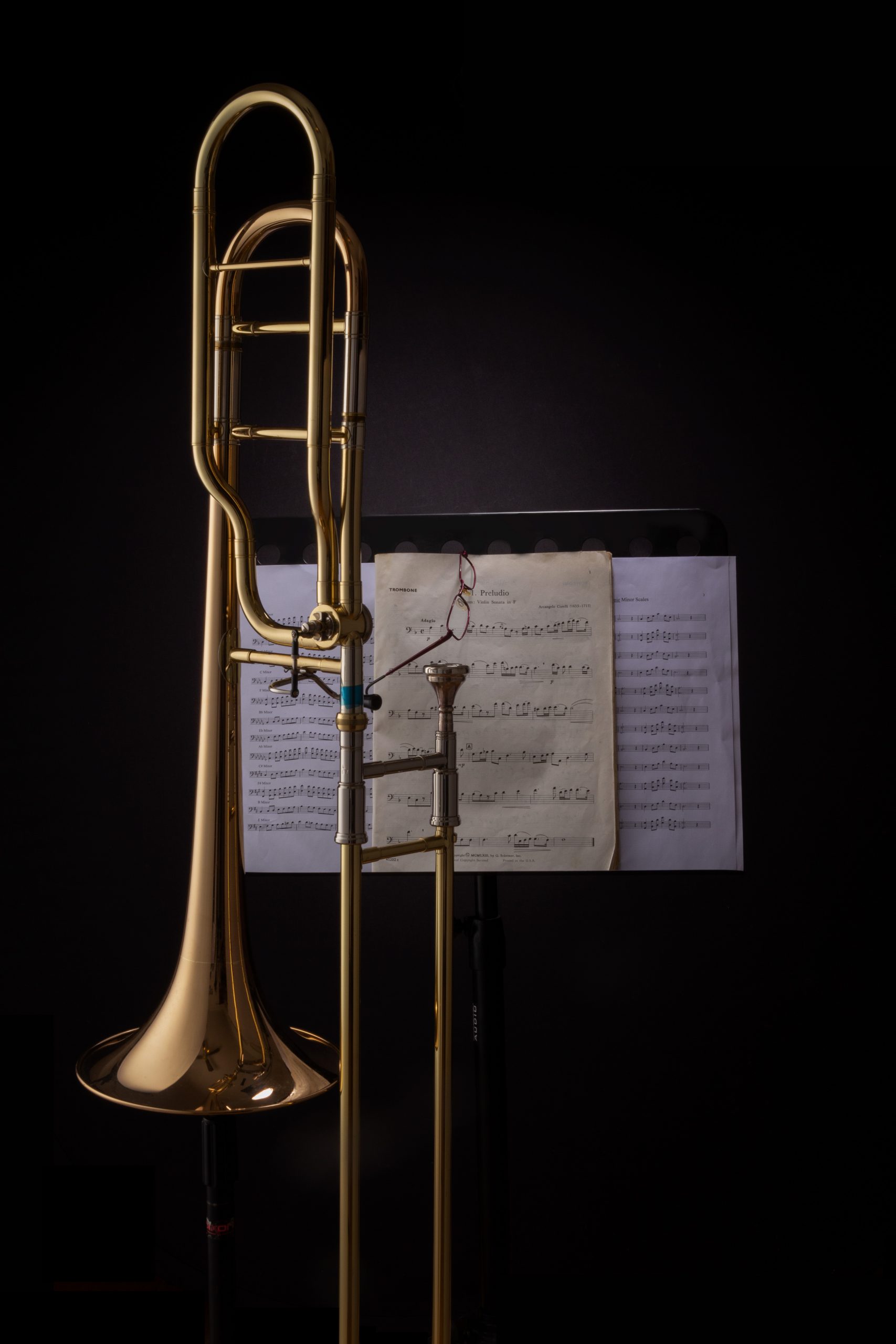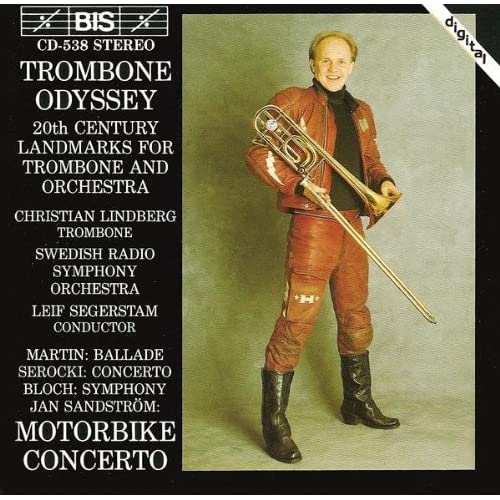The history of the trombone is fascinating, it is a very old instrument possibly going back to medieval times. So it is perhaps a bit of a surprise that the solo repertoire for the instrument only really took off in the 20th century. It is even more surprising that the slide version was almost taken over by its valved counterpart in classical times, but intonation issues and the fact that it changed the fundamental character of the instrument, caused it to decline in favour of the slide, but that is another story.
There are some early solo works for Alto Trombone by Albrechtsberger and Michael Haydn in classical times but the earliest serious work for the instrument was probably the Ferdinand David concerto written about 1837. The story goes that one of the trombone players in Gewandhaus orchestra in Leipzig wanted the then musical director Felix Mendelsohn to write a concerto for him. Mendelsohn though, for some reason, didn’t seem keen and when he couldn’t avoid it any longer he delegated the work to his then principal violinist and good friend Ferdinand David. The result was a tremendously grand concerto which has remained a staple of the trombone repertoire ever since.
The next wave came in Paris. From 1897 there was a tradition of writing competition works for the trombone for the conservatoire’s annual contests and this continued into the 1960’s. Most of these are relatively unknown, although perhaps shouldn’t be, but the most well known are Morceau Symphonique (Guilmant c.1900) and Cavatine (Saint-Saens 1922). These really are two magical pieces for Trombone and are still important works in the repertoire. In 1935 Edouard Barat wrote his “Piece in Eb” for the same competition, together with Guy Ropartz “Piece in Eb minor” for the 1908 contest. Casterede’s Sonatine, written in 1957, was possibly written for the same competition.
The only other major work from the 19th century though is the Rimsky-Korsakov Concerto, written in 1877 for a marine officer in the military band Rimsky-Korsakov was directing.

So most of the repertoire comes from the 20th century and here the list gets longer. Defaye (Deux Danses, 1953), Sulek Sonata Vox Gabrielli (1950) are two big ones. Paul Hindemith, Gordon Jacob, Lars-Erik Larsson, Edward Gregson, Gordon Langford, Derek Bourgeoise, Launy Grondahl and Malcolm Arnold have all written works for the instrument and in the jazz arena Mark Nightingale and John Kenny have both made significant contributions. Bozza, Berio and Berstein have all written contemporary pieces for the instrument, as have Brad Edwards and Victor Pershichetti, some of which make use of extended techniques (Edwards ‘Blue Wolf’ for example, requires the tuning slide to be removed to play certain passages), but one of those who have made a major contribution to the Trombone repertoire is Christian Lindberg.
Lindberg is a composer, conductor and trombonist who has recorded a huge amount of the trombone repertoire, mainly via BIS records, and is a master of technical virtuosity. His most extraordinary performance is Jan Sandstrom’s “Motorbike Concerto”, which was commissioned by the Swedish National Concert Institute for Lindberg in 1988. This is a 5 movement concerto featuring Lindberg imitating a motorcycle on his trombone. Well worth a listen.
Despite the late start in writing for the instrument, this has become a big subject and it is difficult to do it justice in this type of article. However, it does provide a starting point in searching out what has been written for the trombone, and I am sure you could add others that have been missed. What it does illustrate though is the wide variety of music that has been written for the instrument and that there is a lot to explore. Perhaps I will return to this subject.




